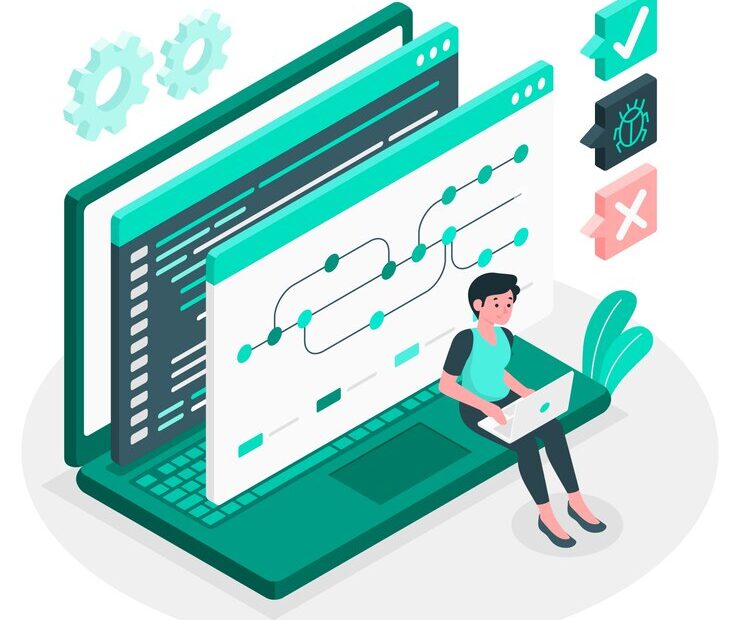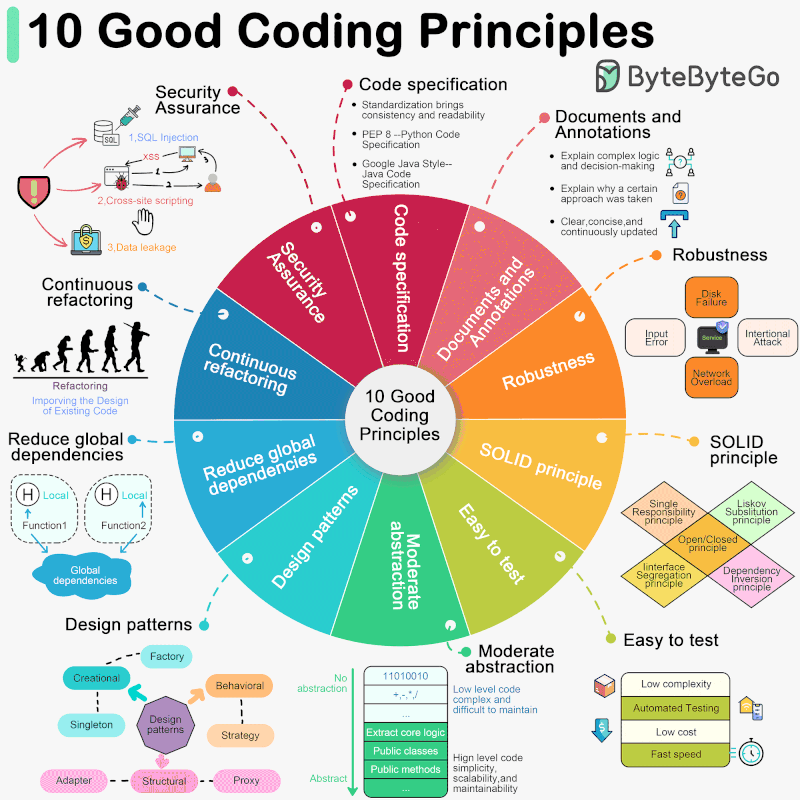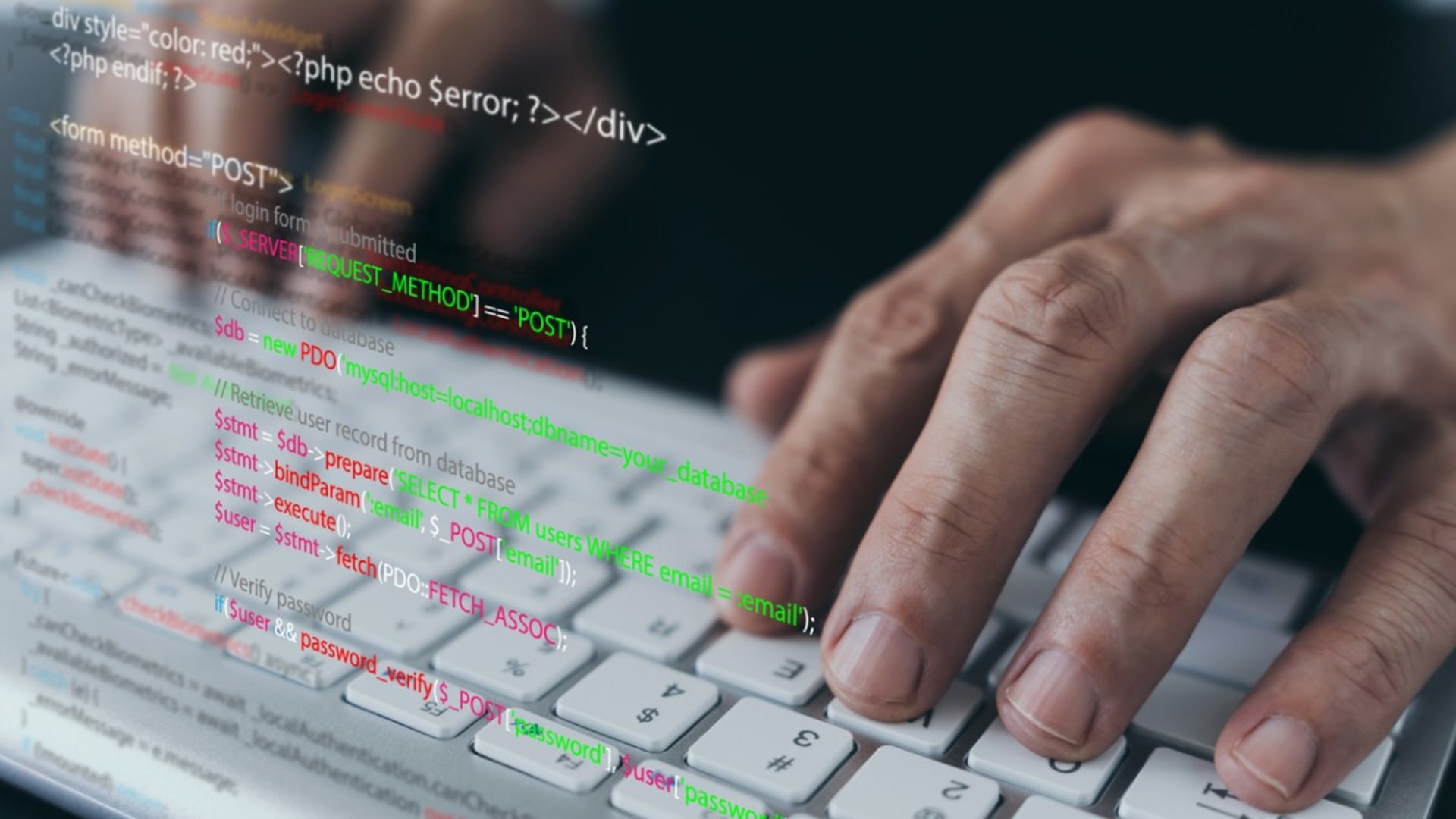
Understanding the Importance of Maintainable Code
Definition of Maintainable Code
Maintainable code refers to software that is written in a way that makes it easy to read, understand, and modify. Instead of being a tangled web of logic that only the original author can navigate, maintainable code adheres to specific standards and practices, facilitating collaborations and future adjustments. It is characterized by clarity, simplicity, and organization, enabling developers to enhance or debug the code efficiently over time.
Benefits of Writing Maintainable Code
The advantages of writing maintainable code extend beyond mere aesthetics; they significantly impact project timelines and team dynamics. Here are some key benefits:
- Reduced Technical Debt: Well-maintained code prevents the accumulation of “quick fixes,” minimizing future rework.
- Ease of Onboarding: New team members can adapt more easily to a codebase that is structured and documented effectively, speeding up their ability to contribute.
- Collaboration Enhancement: Maintainable code allows for smoother collaboration among team members. When everyone can comprehend the code, teamwork flourishes.
- Improved Quality: By focusing on maintainability, developers are more likely to implement best practices, ultimately leading to fewer bugs and higher quality software.
In essence, the investment in writing maintainable code pays dividends in efficiency and productivity, enabling developers to focus on innovation rather than troubleshooting legacy issues. This emphasis on maintainability is a vital aspect of the best practices for writing maintainable code, underscoring its importance in today’s fast-paced development environments.

Principles of Writing Maintainable Code
Consistency in Coding Style
One of the foundational principles of writing maintainable code is consistency in coding style. Adhering to a common format—whether through naming conventions, indentation levels, or comment usage—creates a uniform environment for all developers on the team. This harmony reduces confusion and enhances readability. For example, if everyone chooses to name their variables descriptively and maintains a particular indenting style, it becomes much easier to navigate the code.
Some best practices to ensure consistency include:
- Adopting Style Guides: Use established style guides like PEP 8 for Python or Google Java Style Guide.
- Code Linters: Implement tools like ESLint or Prettier to automatically enforce your style rules.
Modularity and Encapsulation
Another vital principle is modularity and encapsulation. This involves breaking the code into smaller, manageable pieces (modules) that encapsulate specific functionality. When modifications are needed, developers can update individual components without affecting the entire system. This separation not only enhances code reuse but also simplifies debugging.
Imagine a shopping cart application; instead of having a monolithic structure, you could have separate modules for:
- Product Management
- User Authentication
- Payment Processing
Error Handling and Logging
Finally, robust error handling and logging are crucial for maintainable code. Anticipating potential errors and documenting them allows for quicker troubleshooting down the line. A well-structured logging system can provide insight into the application’s performance and highlight areas needing attention.
By following these principles, developers can create a solid foundation for maintainable code, promoting better collaboration and efficiency in their projects. These strategies align with the best practices for writing maintainable code, ensuring that teams can grow and adapt without unnecessary technical debt.

Best Practices for Code Maintainability
Descriptive Naming Conventions
Building on the principles of writing maintainable code, adopting descriptive naming conventions is a crucial best practice. When variables, functions, and classes have clear, descriptive names, it becomes significantly easier for developers (including your future self) to understand the purpose of each component. For example, instead of naming a variable x, consider a name like userAge—this makes the code self-documenting.
A few guidelines include:
- Be Specific: Use full words rather than abbreviations to convey meaning.
- Use Consistency: Stick to a naming pattern (camelCase, snake_case) throughout the codebase.
Commenting and Documentation
Another essential practice is well-structured commenting and documentation. While self-explanatory code is ideal, there will always be situations where additional context is beneficial. Comments should explain why certain decisions were made rather than how the code works. Utilize tools like JSDoc or Sphinx to generate documentation automatically.
- Clear Comments: Avoid clutter; keep comments clear and concise.
- Update Regularly: Ensure comments and documentation keep pace with code changes.
Avoiding Code Duplication
Additionally, avoiding code duplication is vital for maintainability. When similar code snippets appear in multiple places, it not only increases the potential for bugs but also makes future updates more complicated. Leveraging functions or classes to encapsulate shared logic can dramatically improve your code quality.
- DRY Principle (Don’t Repeat Yourself): Aim to keep code reusable rather than duplicative.
- Refactor Regularly: Identify duplicate code and consolidate it to maintain clarity.
Testing and Test-Driven Development
Lastly, incorporating thorough testing and Test-Driven Development (TDD) ensures that changes do not break existing functionality. By writing tests alongside your code, you not only validate logic but also compel better design.
- Unit Tests: Break down the code into testable parts to monitor functionality.
- Continuous Integration: Implement CI tools to automate testing whenever changes are made.
By embracing these best practices for code maintainability, teams can foster an agile environment that thrives on collaboration and adaptability. This methodology is vital for effective software development, as highlighted in resources like TECHFACK, where clear guidelines can enhance your coding journey.

Tools and Techniques for Ensuring Maintainable Code
Code Reviews
Continuing on the journey toward writing maintainable code, employing effective tools and techniques is essential. One of the most valuable practices is conducting code reviews. This collaborative process allows team members to examine each other’s code for readability, functionality, and adherence to standards before it is merged into the main codebase. Not only does this catch bugs early, but it also fosters knowledge sharing among the team.
A few tips for successful code reviews include:
- Establish Clear Guidelines: Develop a checklist for reviewers to ensure all aspects are covered.
- Encourage Constructive Feedback: Foster a culture where criticism is aimed at improving the code rather than the developer.
Automated Code Quality Analysis
Another essential technique is implementing automated code quality analysis tools. These tools evaluate code for potential errors, code smells, and adherence to best practices without human intervention. Using tools like SonarQube or CodeClimate can save time and help maintain high standards.
Some benefits of automated analysis are:
- Immediate Feedback: Developers receive instant insights into code quality as they write.
- Consistency: Automated tools enforce coding standards uniformly across the project.
Version Control Systems
Lastly, employing version control systems (VCS) is a fundamental necessity for ensuring maintainable code. Platforms like Git allow developers to track changes systematically, collaborate effectively, and revert to previous versions if needed.
Key features of VCS include:
- Branching: Work on features or fixes in isolation without affecting the main codebase.
- History of Changes: Review the evolution of code to understand why and how changes were made.
Incorporating these tools and techniques not only enhances code maintainability but also streamlines team collaboration. Following best practices as emphasized in platforms like TECHFACK fosters a growth-oriented environment where innovation can flourish, ensuring projects remain robust and adaptable.

Refactoring for Code Maintainability
Identifying Code Smells
As teams strive for maintainable code, refactoring becomes a crucial process. A key starting point is identifying “code smells,” which are indicators that something could be improved in the codebase. These often manifest as complex methods, excessive parameters, or duplicated code that can hinder maintainability.
Some common code smells to look for include:
- Long Methods: Methods doing too much can be broken down into smaller, more focused functions.
- Duplicate Code: Keep an eye out for similar blocks of code that can be consolidated.
- Large Classes: Classes with too many responsibilities would benefit from being split into smaller, more cohesive units.
Refactoring Techniques
Once code smells have been identified, various refactoring techniques can be applied to enhance code quality. Techniques such as Extract Method, where snippets of code are moved into their own functions, or Rename Variables, which clarifies a variable’s purpose, are often transformative.
Consider the Replace Magic Numbers with Constants technique: replacing arbitrary numbers with named constants makes code clearer and avoids confusion over what those values represent.
Making Code Readable and Understandable
Ultimately, the goal of refactoring is to create code that is readable and understandable. This can be achieved through consistent formatting, logical organization, and clear commenting. Techniques like adding meaningful comments to explain the “why” behind decisions, using descriptive variable names, and maintaining a standard coding style help ensure that anyone reading the code, including those unfamiliar with it, can grasp its intention.
By continuously refining the code through such techniques, development teams can significantly enhance maintainability, aligning with the best practices as highlighted in TECHFACK. This will foster an environment of clarity and collaboration, making future changes simpler and more efficient.

Case Studies and Examples
Real-life Examples of Maintainable Code
To better grasp the power of maintainable code, let’s look at some real-life examples. Consider a well-structured e-commerce platform that prioritizes maintainability. This system uses modular design, with separate services for inventory management, user authentication, and payment processing. Each service is independently testable and easily updatable, allowing developers to introduce new features without risking disruptions elsewhere.
Key takeaways from such maintainable systems include:
- Independent Functionality: Each component can evolve separately, reducing the impact of changes.
- Readability: Code is documented and structured, making onboarding new team members much easier.
Lessons Learned from Legacy Codebases
On the flip side, legacy codebases often provide valuable lessons on what to avoid. A classic example is a large enterprise application that has evolved over time, resulting in tangled spaghetti code with no clear structure. Developers frequently found themselves in a “fire-fighting” mode, making temporary fixes rather than addressing the root cause of issues.
Some key lessons learned from such experiences are:
- Technical Debt is Real: Ignoring maintainability leads to an accumulation of technical debt, which can be challenging to rectify later.
- Refactoring Matters: Investing time in refactoring while maintaining legacy systems can save considerable time and resources in the long run.
By examining these case studies, developers can develop a deeper understanding of the importance of maintainable code, as highlighted on platforms like TECHFACK. They offer insights that not only guide current practices but also encourage a proactive approach to software design and architecture.

Conclusion and Future Outlook
Summary of Best Practices
As we wrap up our exploration into code maintainability, it’s clear that implementing best practices can lead to significant long-term benefits. Maintaining consistency in coding style, modular designs, and effective documentation are just the cornerstones of a solid development process. To summarize, some of the best practices include:
- Descriptive Naming Conventions: Use clear and meaningful names to enhance readability.
- Commenting and Documentation: Provide context for decisions, making it easier for others to engage with the code.
- Avoiding Code Duplication: Strive to follow the DRY principle to keep the codebase clean and efficient.
- Testing and TDD: Build and validate code through tests to ensure reliability.
Continuous Improvement in Code Maintainability
Looking forward, the journey toward maintainable code must remain a continuous process. As technology evolves, so do the needs of developers and users alike. Embracing practices such as regular code reviews, leveraging automated tools for quality analysis, and nurturing a culture of constructive feedback contributes to ongoing improvement.
Maintaining code is not a one-time task—it requires vigilance and a commitment to adaptation. As seen in sources like TECHFACK, staying updated with industry trends and emerging practices is vital. By fostering an environment committed to continuous improvement, development teams can navigate challenges effectively, ensuring that their codebases remain agile and resilient in the face of change. The future of software development will undoubtedly reflect the principles of maintainability, driving innovation and success in an ever-evolving landscape.

